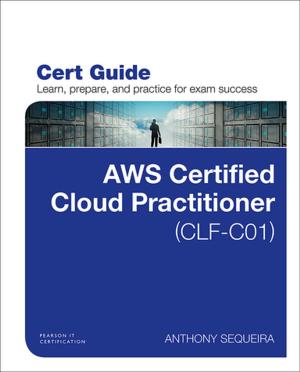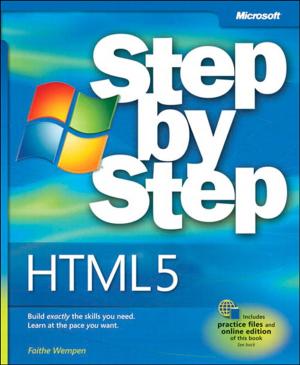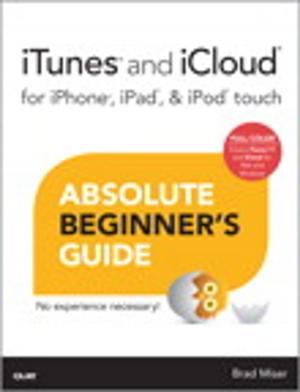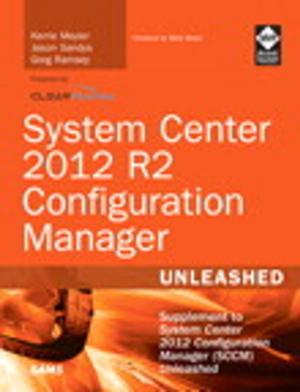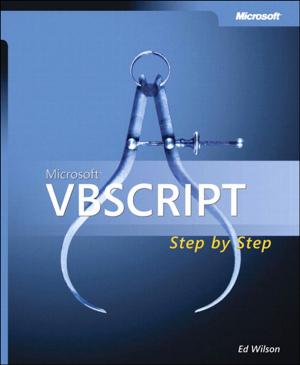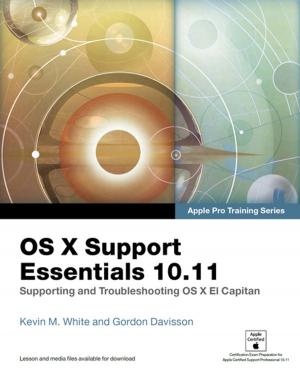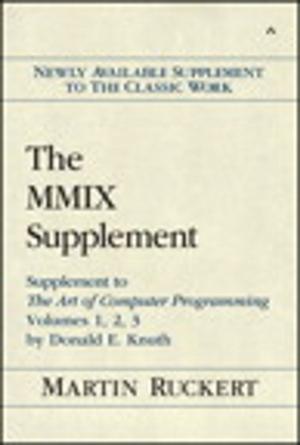How to Keep Score in Business
Accounting and Financial Analysis for the Non-Accountant
Business & Finance, Accounting| Author: | Robert Follett | ISBN: | 9780132849302 |
| Publisher: | Pearson Education | Publication: | October 17, 2011 |
| Imprint: | FT Press | Language: | English |
| Author: | Robert Follett |
| ISBN: | 9780132849302 |
| Publisher: | Pearson Education |
| Publication: | October 17, 2011 |
| Imprint: | FT Press |
| Language: | English |
In How to Keep Score in Business, Second Edition, long-time CEO Robert Follett shows you exactly how to "keep score" in business by reading and interpreting company financials. Step by step, Follett helps you capture crucial insights buried in balance sheets, income statements, and other key reports. Follett shows how to apply core tools for analyzing financial reports and investment opportunities, and demystifies key accounting terms every business decision-maker and investor needs to know. You'll learn how to uncover a company's true financial position through its balance sheet and income statements–and identify crucial information those documents may not be showing. Follett demonstrates how to use modern ROI tools to evaluate performance or analyze potential investments; how to track ongoing changes in a company's financial position; how to build cash flow budgets for more effective planning; and how to use common analysis ratios (without misusing them). Practical from start to finish, this fully updated book won't transform you into an accountant–but it will help you work more confidently with financial professionals, make smarter business decisions, and choose better investments.
In How to Keep Score in Business, Second Edition, long-time CEO Robert Follett shows you exactly how to "keep score" in business by reading and interpreting company financials. Step by step, Follett helps you capture crucial insights buried in balance sheets, income statements, and other key reports. Follett shows how to apply core tools for analyzing financial reports and investment opportunities, and demystifies key accounting terms every business decision-maker and investor needs to know. You'll learn how to uncover a company's true financial position through its balance sheet and income statements–and identify crucial information those documents may not be showing. Follett demonstrates how to use modern ROI tools to evaluate performance or analyze potential investments; how to track ongoing changes in a company's financial position; how to build cash flow budgets for more effective planning; and how to use common analysis ratios (without misusing them). Practical from start to finish, this fully updated book won't transform you into an accountant–but it will help you work more confidently with financial professionals, make smarter business decisions, and choose better investments.





